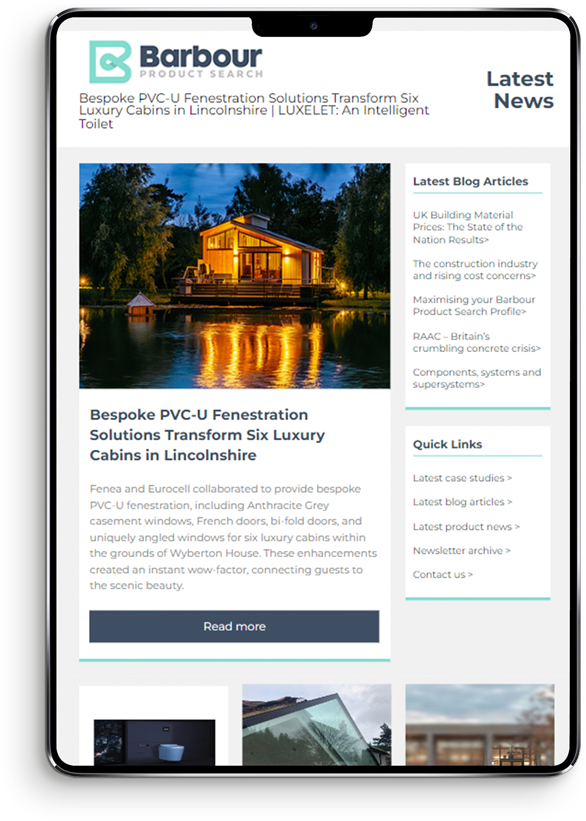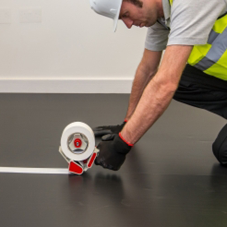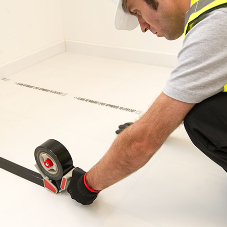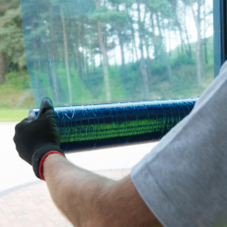Floors are one of the most important surfaces to protect during construction, building, or renovation projects. This is particularly crucial when wooden floors are involved, as these can easily be scratched, chipped, and dented. Ensuring the protection of wooden floors should be a key concern of workers, and in this guide, they provide some tips and advice to ensure these delicate surfaces are looked after.
Use temporary floor protection
Using temporary floor protection is the best approach to safeguard wooden floors while construction is underway. An effective and reasonably priced method of maintaining the flooring is to cover them completely with an appropriate covering. Temporary floor coverings available in a range of alternatives based on your surface requirements and are simple to install and remove after the job is finished.
The best floor protection options for wood floors include:
Large floor spaces can be protected with corrugated card, a strong and reasonably priced alternative that can be cut to fit. During heavy-duty building projects, card floor protection such as this can help keep wooden floors from getting dented.
Self-adhesive protection film: A completely waterproof floor protection film will shield wooden floors from scuffs and spills. Self-adhesive solutions don't need to be tapered and are simple to install.
Breathable floor protection: Use a breathable protection sheet, such as fleece, to protect areas when covering newly laid wood floors.
Polythene sheeting: Cover wooden floors with polythene sheeting to prevent paint spills and dust generated during construction.
Secure the coverings correctly
To provide the correct protection to wooden floors, it’s important that you secure any coverings that you have laid down. Failing to do so can lead to your floor protection shifting during work activities and increase the likelihood of damage being inflicted on the floor below.
There will undoubtedly be a lot of foot traffic on a construction site since different workers will be entering and leaving rooms. Establishing walking patterns is essential to preventing people from bringing in outdoor debris and generating scratches along those hardwood surfaces.
Installing dirt trap mats at the entrances will prevent employees from tracking in mud from outside, and covering the walkways with sheeting and protective film will shield them. To guarantee that employees are aware of the approved routes, make sure you convey them properly and enforce them.
Keep the site clean and ventilated
Small amounts of dust and debris will still be produced on a construction site even if temporary floor protection is used. You should still aim to clean up at the end of each day, even though protection materials will assist make this easier to do.
To stop dust from spreading, clear the floors and remove any debris. If you are working with paint, clean up spills immediately to avoid leaving permanent stains on the floor.
For more tips, guides, and advice, visit Beck's news page.
Here at Proguard, they are the experts when it comes to temporary protection materials. If you want to ensure wooden floors receive the protection they need, browse the range of surface protection products.
What is the best way to protect wooden floors?
| T | 01432 263598 |
|---|---|
| E | sales@beckuk.com |
| W | Visit Beck Temporary Protection Solutions's website |
| Beck Products Ltd, Gateway House, HR2 6EQ, Holme Lacy Road, Rotherwas, Hereford, HR2 6EQ |
Products by this Company





